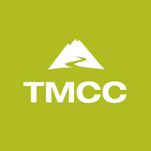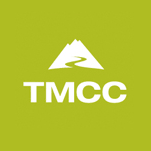
Student Accessibility
Resources at NSHE Institutions
Accommodations for students with accessibility needs and students with disabilities are available at each of NSHE’s institutions. Visit the institution links below to learn more.
A Practical Guide for High School Teachers and Counselors
It is never too early to start planning for postsecondary options when transitioning beyond high school. Developing a transition plan that includes attending a college or university in Nevada requires careful planning and consideration. The following activities are to be used as a guide and as a reminder of steps to take as a student with a disability prepares to transition beyond high school to postsecondary education.
Encourage students to enroll in as many high school college preparatory courses as possible.
Inform students of the admission requirements at each institution and any future changes in such requirements.
Provide information on how to secure accommodations on standardized tests such as the ACT/SAT. Allow 6 – 8 weeks for approval.
Encourage students to file their application with their campus of choice as early as possible.
Encourage students to apply for financial aid as soon as they make the decision to attend a college or university. Pursuant to new federal guidelines, students who have earned a Nevada Adjusted Diploma are not eligible for Federal Student Aid. The students should contact the financial aid departments at each institution in which they are interested to determine eligibility.
Provide students with a practical understanding of their disability and how it may impact them in a postsecondary educational setting. Discuss this at Individual Education Plan and Transition Team meetings.
Encourage students to advocate for themselves when securing disability related services and accommodations. This can be done through role-playing and asking that they request accommodations from their regular high school teachers.
Educate students and parents on Section 504 of the Rehabilitation Act and the Americans with Disabilities Act. Unlike the Individuals with Disabilities Education Act (IDEA), the responsibility now shifts to the student to initiate the process for services in a postsecondary educational setting.
Inform students of what accommodations work best for them in particular learning environments. Discuss this at Individual Education Plan and Transition Team meetings.
Encourage students to contact the disability services office at the campus(es) that they are considering. If possible, schedule an appointment and visit in person. The types of services and accommodations available may be quite different than what has been offered in high school.
Advise students to:
- Make sure the disability service provider from their campus of choice is invited to I.E.P and Transition Team Meetings
- Attend summer school
- If applicable, live on campus















